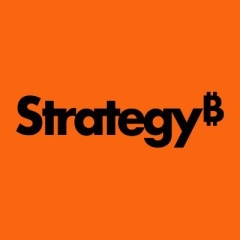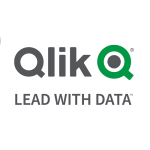What is our primary use case?
MicroStrategy is used for many uses cases. All BI cases.
For the organization, I am generating reports on revenue, fraud, collection, bad debt, vendors, and customers. I am doing a netting process between them.
I'm currently using MicroStrategy for all of the larger-scale financial treatments.
We use it in many cases for financial reporting.
MicroStrategy is also, used to generate inventory, and asset management reports for the end-users.
What is most valuable?
The simplicity of MicroStrategy is what I like the most. It is more simple than other solutions.
It is very user-friendly.
The tool itself is very simple to use, from file creation to using the tool, generating reports, and making changes.
What needs improvement?
I would like to see the enterprise version available in a demo or as a trial version. It is the companies policy that we are not permitted to use any cloud solution in my company unless it is owned by the company, because we provide cloud solutions for others unless it is not provided. It comes down to enabling R&D for any individual.
It would be helpful to have an Enterprise version for non-enterprise organizations, for people like me who are trying to conduct test studies. As we are self-dependent study persons, my colleagues and I are required to do them.
If I want to do something between myself and my colleagues, I have to go to my company's premises and use the companies resources. They allow us but it is frustrating because I can't do this if I'm doing something personal.
For how long have I used the solution?
I started with MicroStrategy in 2011. I have been working with this solution for ten years.
It can be deployed both on-premises and in the cloud.
We are normally working with the latest version, and we update the solution when they are available.
Versions at the enterprise level are managed by the infrastructure. I only manage my personal desktop.
Buyer's Guide
MicroStrategy
September 2025
Learn what your peers think about MicroStrategy. Get advice and tips from experienced pros sharing their opinions. Updated: September 2025.
868,787 professionals have used our research since 2012.
What do I think about the stability of the solution?
MicroStrategy is a stable solution. It is their strongest point.
The CEO of MicroStrategy usually has his own conference here and comes in personally. We have discussed many features and other topics with him. I believe they are focusing on this. And this is where they excel.
What do I think about the scalability of the solution?
MicroStrategy is a scalable product.
I am not sure how many users there are in the organization, but the organization is very large with thousands of people.
How are customer service and support?
I have never contacted technical support.
Which solution did I use previously and why did I switch?
We are also using Qlik, and Progress on another project.
We use many solutions. We generate a large number of reports from the data warehouse and populate them into tables. In addition, I'm creating some reports and views, as well as self-service BI reports in some cases, for the end-user.
Aside from the enterprise, we have two projects with Oracle and SQL databases for inventory and asset management.
How was the initial setup?
The initial setup is very simple. It is very user-friendly, very easy.
What's my experience with pricing, setup cost, and licensing?
The personal version is completely free, but the enterprise version requires a company profile or a company email account, and I have to pay for it. If I am trying to do a test study or test case at an enterprise level, I am not able to do it on my own, I would have to use my company's resources, which is a bit costly.
There is no subscription, I am using the free version.
What other advice do I have?
Tableau and MicroStrategy are certified in our environment.
I use it both on my own and in my organization. Tableau and MicroStrategy are both certified and deployed in the organization.
I would recommend MicroStrategy over Tableau.
I would rate MicroStrategy a nine out of ten.
Disclosure: My company does not have a business relationship with this vendor other than being a customer.















